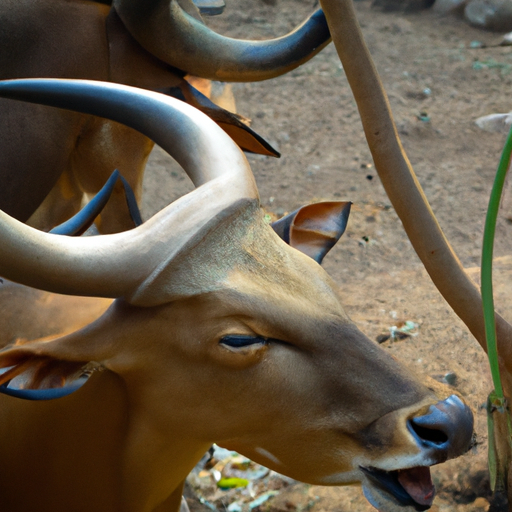 Introduction:
Introduction:
In the vast kingdom of animals, there exists a remarkable group that possesses a diverse and adaptable diet – omnivorous animals. These remarkable creatures have evolved to consume both plant matter and other animals, enabling them to thrive in a wide range of environments across the globe. In this extensively detailed article, we will delve into the captivating world of omnivores, exploring their characteristics, adaptations, and the various strategies they employ to procure and digest their omnivorous diet.
Defining Omnivores:
Omnivores are animals that possess the physiological capability to consume and digest both plant and animal matter. Unlike strict herbivores, which primarily consume plant material, and carnivores, which exclusively consume meat, omnivores exhibit a flexible diet that allows them to derive nutrients from a variety of sources. This adaptability offers them a significant advantage when it comes to survival and reproduction.
Diverse Adaptations:
1. Dentition and Digestive System:
Omnivorous animals often exhibit a combination of sharp and flat teeth to accommodate their varied diet. They possess incisors and canines for tearing and cutting through flesh, while premolars and molars aid in grinding plant material. This versatile dental structure allows omnivores to consume a wide range of food items effectively.
Their digestive system is designed to handle both plant and animal matter. For instance, some omnivores possess a long digestive tract, similar to herbivores, which enables them to extract maximum nutrients from plant material. Additionally, they may possess a well-developed cecum or fermentation chamber, aiding in the breakdown of cellulose found in plant material.
2. Physical Adaptations:
Omnivorous animals exhibit various physical adaptations that facilitate their foraging and hunting activities. Some possess sharp claws for digging or capturing prey, while others have elongated limbs or prehensile tails to access fruits, nuts, and vegetation in trees or bushes. Their versatile limb structure and body adaptations enable omnivores to exploit a wide range of ecological niches.
3. Sensory Capabilities:
Omnivorous animals possess excellent sensory capabilities to locate and identify food sources. Their acute sense of smell allows them to detect both plant-based and animal-based foods. Additionally, their eyesight and hearing are often well-developed, aiding in the identification of potential prey or edible vegetation.
Strategies and Examples:
1. Opportunistic Feeders:
Many omnivores adopt an opportunistic feeding strategy, taking advantage of available food sources. This includes animals like bears, raccoons, and pigs. These creatures possess a highly adaptable diet, foraging on fruits, nuts, insects, small vertebrates, and even scavenging carcasses. Their remarkable ability to switch between food types allows them to survive in various habitats, including forests, grasslands, and urban environments.
2. Scavengers:
Some omnivorous animals, such as vultures and hyenas, rely predominantly on scavenging for their sustenance. These creatures play a crucial role in cleaning up ecosystems, consuming carrion and waste material. Their digestive system has evolved to handle decaying flesh, providing them with vital nutrients while minimizing the risk of infection from bacterial pathogens.
3. Plant-Animal Balance:
Certain omnivores, like humans and primates, maintain a balanced diet consisting of both plant and animal matter. Humans, for instance, have evolved cultural practices and cooking techniques that allow them to derive essential nutrients from a wide array of food sources. Primates, including chimpanzees, exhibit a preference for fruits, leaves, and insects, while also consuming small vertebrates. These omnivores showcase a delicate balance to meet their nutritional requirements.
Conclusion:
Omnivorous animals are extraordinary creatures that have adapted to exploit a variety of food sources, making them highly versatile and resilient. Their dentition, digestive systems, physical adaptations, and sensory capabilities enable them to thrive in diverse ecosystems. From opportunistic foragers to scavengers and balanced consumers, omnivores exhibit a wide range of strategies to procure their omnivorous diet. Understanding the intricate adaptations and behaviors of omnivorous animals not only sheds light on their evolutionary success but also emphasizes the importance of biodiversity and ecological relationships in our natural world.
